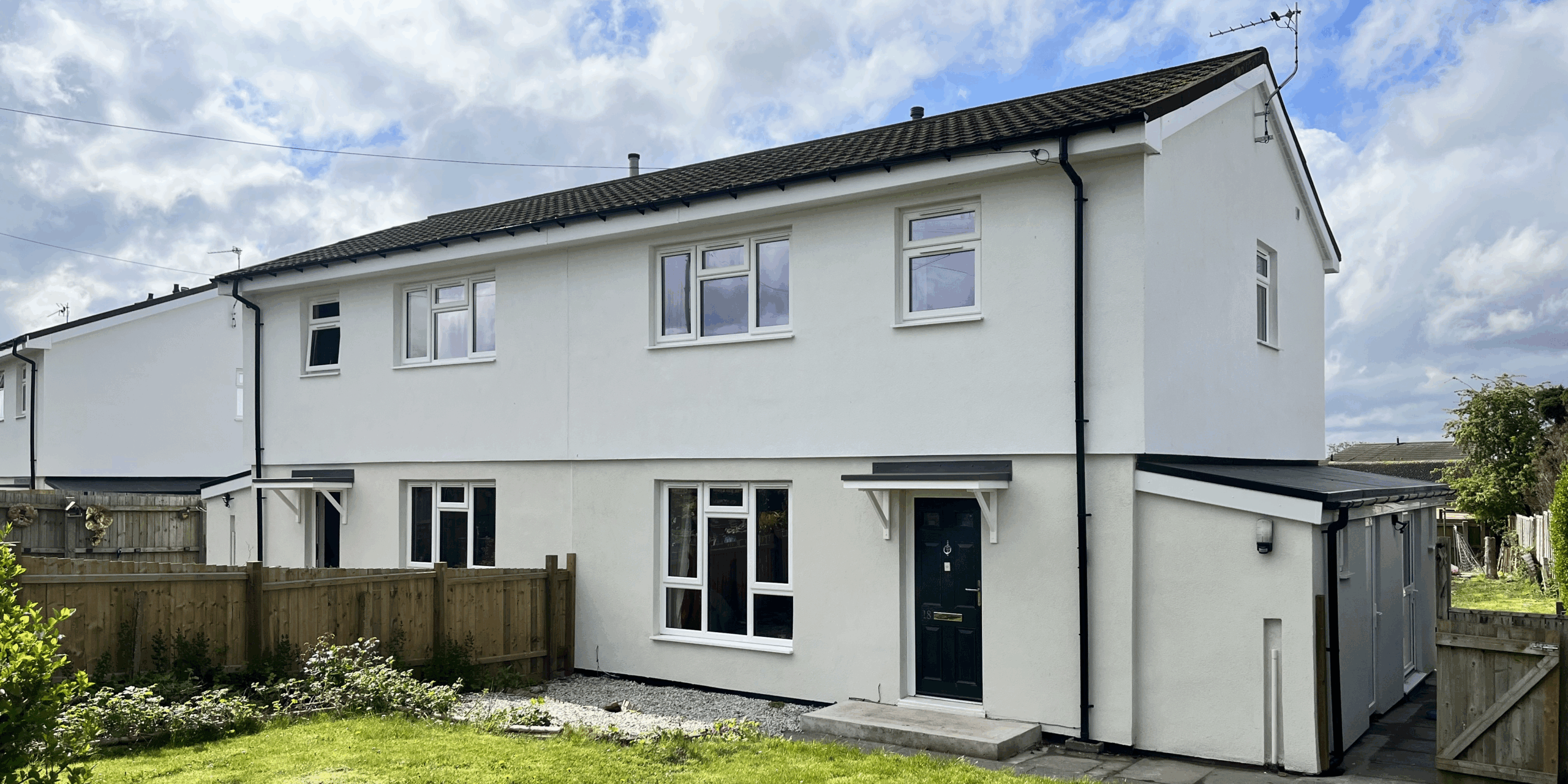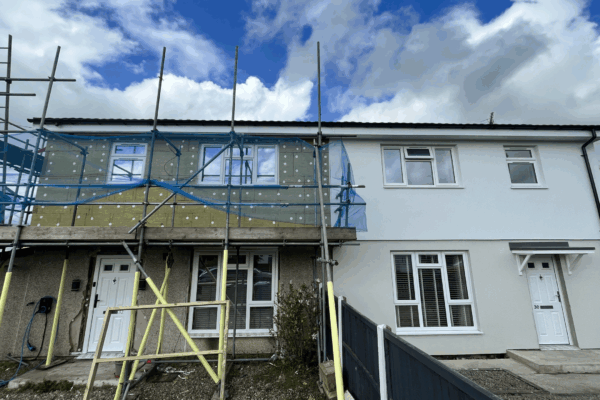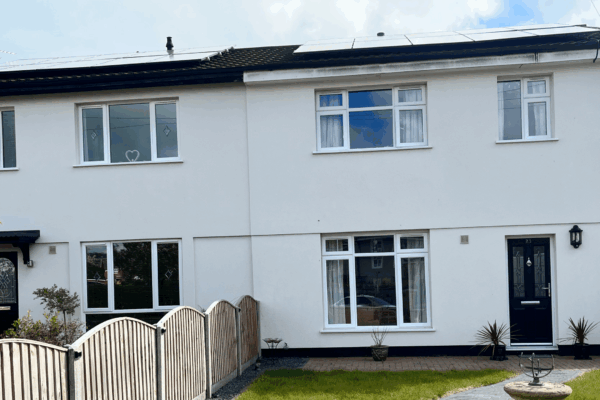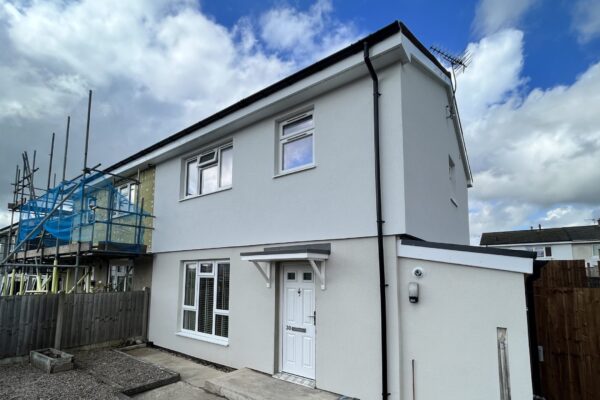

Introduction
Funded by Wave 2 of the Social Housing Decarbonisation Fund (SHDF), this scheme was undertaken by SBS on behalf of Metropolitan Thames Valley Housing. The client organisation was formed in 2018 through a merger between Metropolitan Housing Trust and Thames Valley Housing Association. It now owns and/or manages over 57,000 homes across a wide area.
Much of its stock is located in London and the South East, but it also operates in the East of England and the East Midlands. This particular scheme focused on around 80 homes in East Leake in Nottinghamshire. Valued at £5.5 million, it sought to improve living conditions for residents through a range of measures, including energy efficiency works and general repairs.
By installing new external wall insulation (EWI), together with replacement doors and windows, the project aimed to raise the properties’ EPC ratings from band D to a minimum of band C. As a result of the works, the homes would be made warmer, cheaper to heat, and more visually appealing.
The Project
Many of the houses were originally built to a prefabricated BISF design. These are steel-framed properties, which were built in larger quantities shortly after the Second World War. In this archetype, relatively thin concrete or asbestos cement panels provide the infill between the components of the steel frame. Consequently, they generally exhibit poor thermal performance. Problems commonly associated with the design include heat loss, interstitial condensations, corrosion of the steel, consequent structural flaws and possible ingress of damp.
The team carried out property-by-property inspections to determine the strength and integrity of the substrate. This included a full assessment of the stanchions and concrete foundation slabs, and provided the basis for remedial works whenever necessary.
SBS staff then installed external insulation boards, over which they applied decorative render. This not only gave the properties a bright new appearance; it also greatly improved airtightness in the buildings, leading to further thermal improvements and energy savings.
Other elements of the scheme included adaptions and enabling works, and in some cases, the removal of asbestos-containing materials.
Results
The scheme began in August 2024 and completed on schedule in the spring of 2025. The team maintained steady progress, handing over properties at a rate of approximately four per week.
The works are expected to yield substantial improvements to the thermal performance of the homes and associated reductions in residents’ energy costs.
Funding
SHDF Wave 2.1
No. of Properties
80
PAS Roles
Principal Contractor / Retrofit EEM Installer
PAS Energy Efficiency Measures (EEM)
External Wall Insulation / Replacement Windows and Doors / Asbestos removal
Framework
EN Procure
Client






